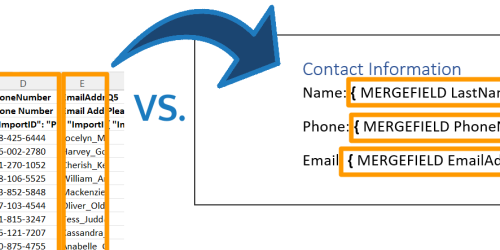Organize Your Digital Notes: The PARA Method (plus one thing Forte missed)
Are you a digital note taker? Can you easily find – and use – those notes, or are they a jumbled and ever-growing collection of things you promise you’ll organize some day? If that sounds like you, you might want to try the PARA method. If this ends up working for you, go ahead and start sorting your old notes...










